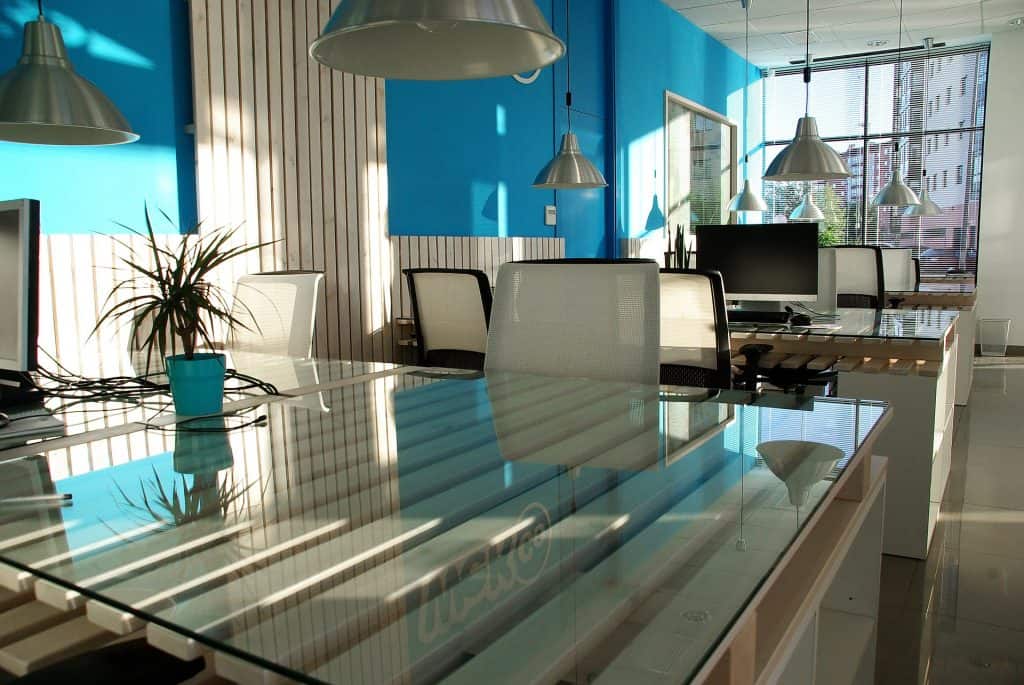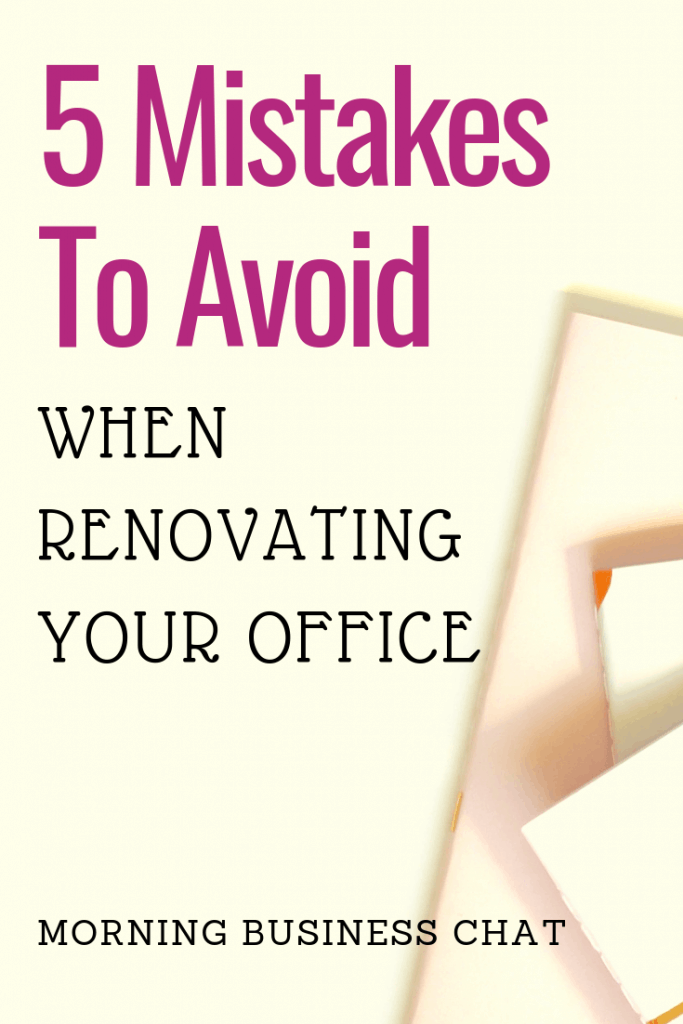A lot can go wrong when renovating your office. Here are just a few common mistakes to avoid that will help keep the costs down and keep the quality high.
Prioritising aesthetics over function
As important as it is that your office looks plush, it also needs to be practical. Features such as security, health & safety and ergonomics should come before style. Make sure there are suitable fire escape routes and that sensitive data is hidden from public view as a matter of security. If you’re buying new furniture such as office chairs and desks, consider the design of these items and the layout in order to avoid RSIs (when placing desks in the corners of room, make sure employees have enough legroom and elbow room).

Not planning for downtime
Whilst renovating, you may need to temporarily put business on hold. Make sure that you warn clients about this in advance. Some companies may lose out on a lot of business just by closing for a week, so consider budgeting for this too. You may be able to avoid downtime by organising renovations to be made out of working hours or by working from home.
Failing to shop around for supplies
It’s worth spending your time shopping around for supplies so that you can get the best deal. Whilst some suppliers may be able to offer everything you need, you made find that targeting independent suppliers for specific materials and tools such as this plastic tubing & extrusion manufacturer saves you money. Also look into reclaimed and recycled materials – these can often be cheaper and the quality may barely be affected.
Doing too much yourself
Taking on the renovation work yourself could save you some money, but it’s worth knowing your limits. If you’ve never laid a carpet before or installed lighting, it could be wiser to hire contractors who you know will be able to carry out the job proficiently. The same applies to designing the layout – you may find that it pays to hire an interior designer who can give their professional opinion on the matter.
Not involving employees
Involving your employees in the renovation process could help to inspire them and keep them excited about future changes in your business. Ask them what kind of features they’d like to see added to the office, whether its new furniture or a new paint scheme. Even if you don’t implement all the changes suggested, your employees will feel involved. You may even be able to get them to help with some of the practical work – even if its just moving furniture.



